Here’s an interesting look into the life of Allen Ginsberg by a friend of our blog, Eve Pearce. Eve is an avid photographer who likes summer sunsets and writing in cafes. She looked into the life of Ginsberg and discovered that like all of us here, he had a keen interest in photography.
Remembering the Photography of Allen Ginsberg
Allen Ginsberg is best known for his poetry and his role as one of the leading figures of the 1950s Beat Generation. However many people are unaware of the fact that as well as being regarded as the poet laureate of the Beat Generation, Ginsberg was also a keen amateur photographer. As a young man, he bought a thirteen-dollar Kodak Retina camera at a pawnshop and began to take photos. In the early 1960s, he lost his camera, bought another and then somehow managed to lose that one as well. This caused him to stop taking pictures for a while but then, in his later life, he rediscovered his passion for photography and continued to take photos until just before his death in 1997.
Defying Convention
Ginsberg’s life was always marked by his refusal to go along with social norms. His attitude to his photography was equally non-conformist. Whilst other photographers basked in the recognition that they received for their work, he remained modest and self-deprecating, stating that he believed that people only took him seriously as a photographer because he had already established himself as a poet. ‘If you’re famous, you can get away with anything!’ he said.
Bringing Out the Luminousness of the Ordinary Event
Ginsberg primarily took photos of his friends. Many of them would go on to be famous, which means that those pictures now generate high levels of interest. One photo, which is displayed in the National Gallery of Art in Washington DC, shows Jack Kerouac wandering along the street after visiting William S. Burroughs. It is not a particularly well-taken shot but captures Kerouac pulling a funny face, which is a moment that most photographers would not have been close enough to him to photograph after his rise to fame. Ginsberg stated that he believed that both poetry and taking photos possess the power to bring out the ‘luminousness of the ordinary event.’
Simple Yet Striking
Most of Ginsberg’s best known work features his friends either going about their everyday lives or standing next to sites of interest. His pictures are more like holiday snaps than photos that have been taken to try and impress anyone, which is perhaps the beauty of them. A photo in the National Gallery of Art depicting William S. Burroughs standing next to a sphinx at the Natural History and Metropolitan Museum of Art is a classic example of this. It is the type of photo that a child might take on a school trip. However another of Ginsberg’s strengths was his ability to capture intimate moments of friendship or tenderness, for instance his photo of actor Neal Cassady. Ginsberg had an eye for an emotive shot and was able to bring across genuine warmth.
Vigour and Enthusiasm
Ginsberg’s work celebrated the vigour and enthusiasm of the creative individuals that he surrounded himself with. His shots always had an upbeat feel to them despite the fact that many of the people that featured in them would eventually fall victim to drink, drugs or a combination of the two. Some of his pictures included telltale signs of what was to come, for example a shot of Kerouac taken in 1964, which showed him looking bloated and unwell. Five years later, Kerouac died of alcohol-related health problems. Essentially, what made Ginsberg’s photos so poignant was the fact that he was able to get close to so many iconic figures. He successfully documented the Beat Generation with his camera and preserved it for the generations to come to look back on.
– Eve Pearce

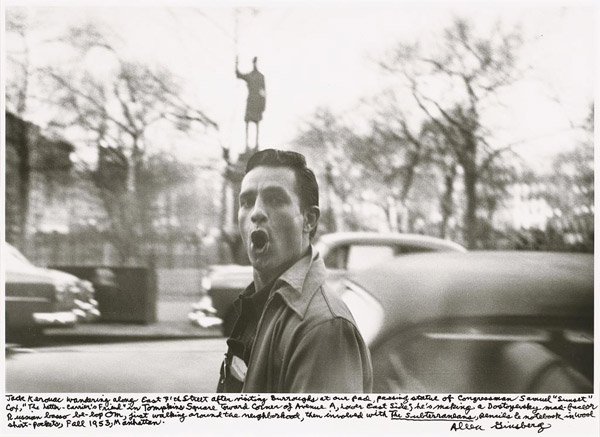
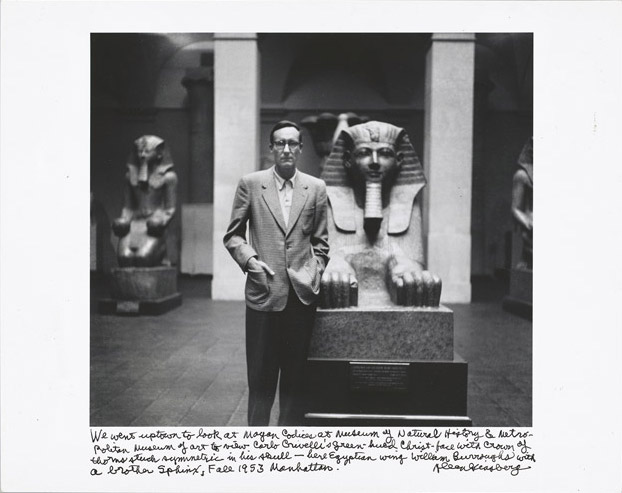

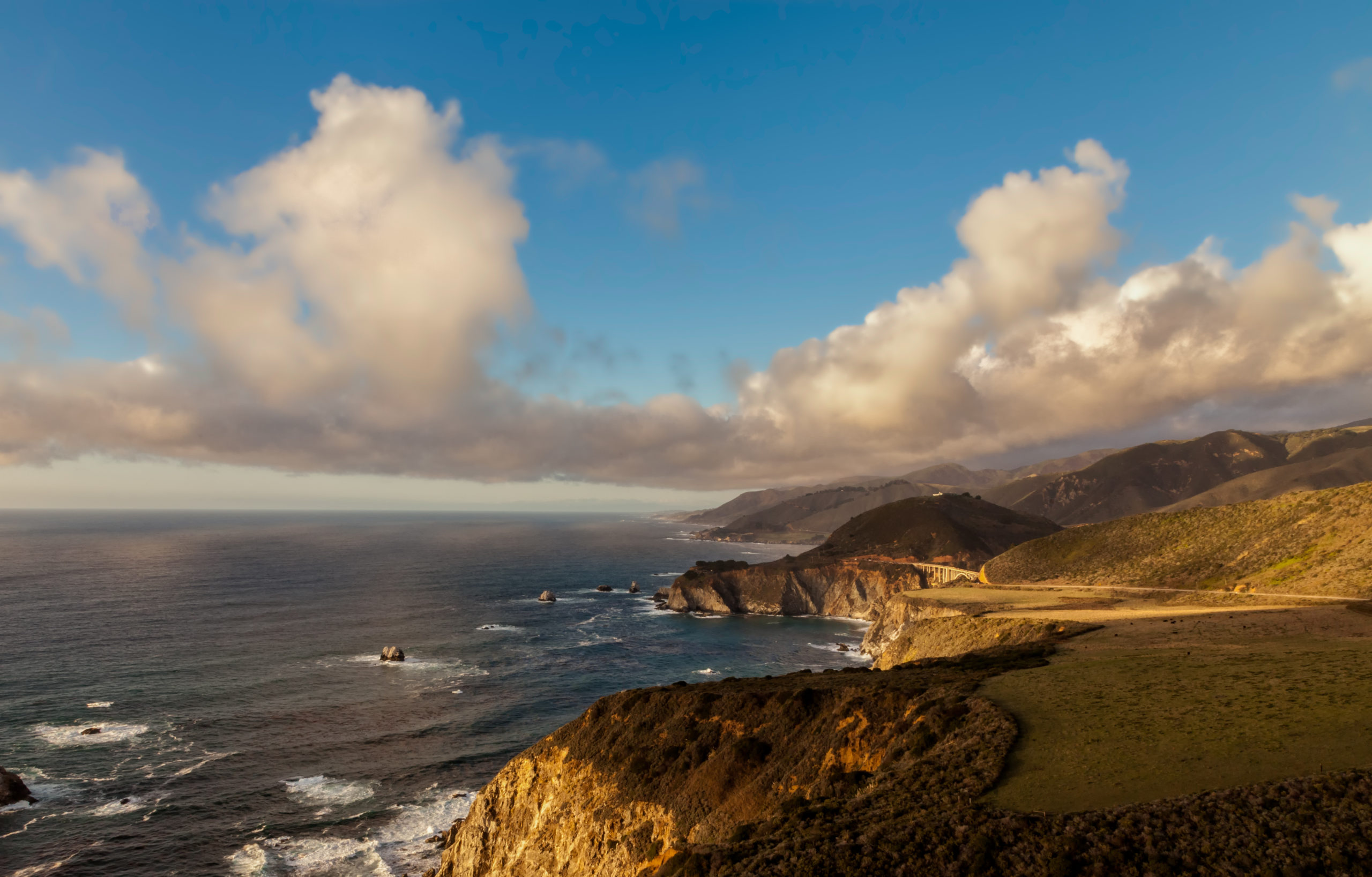
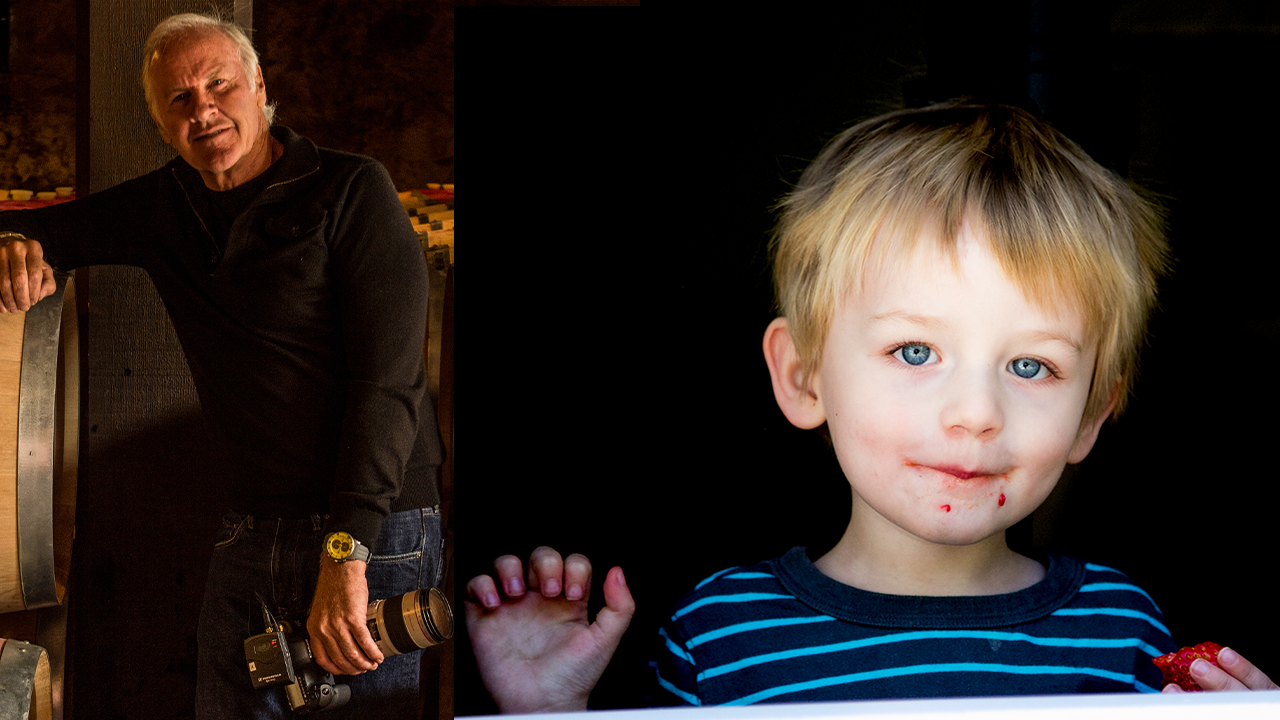
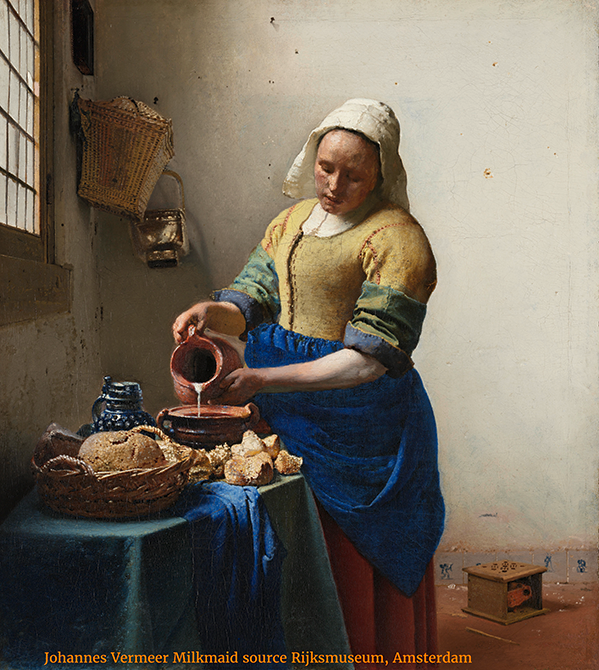
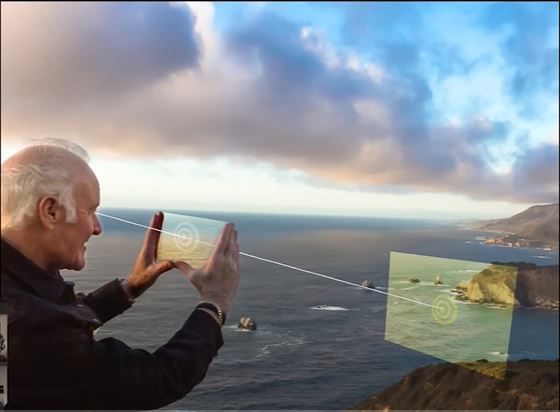

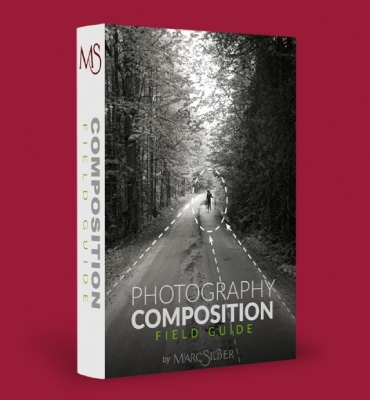
Leave A Comment
You must be logged in to post a comment.